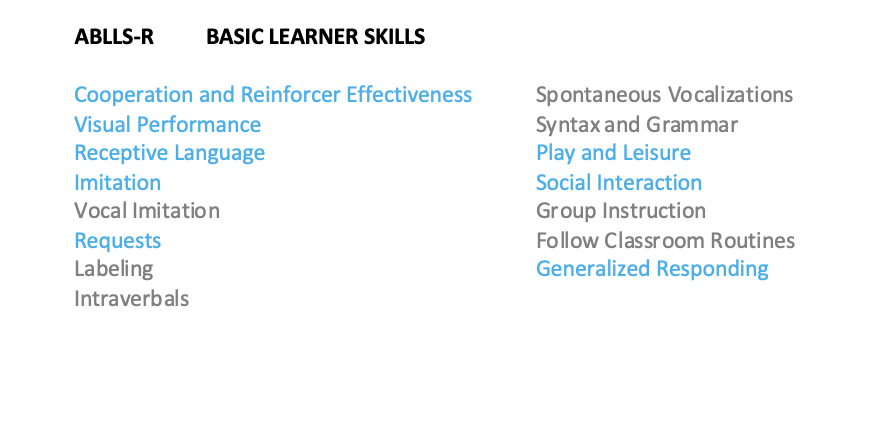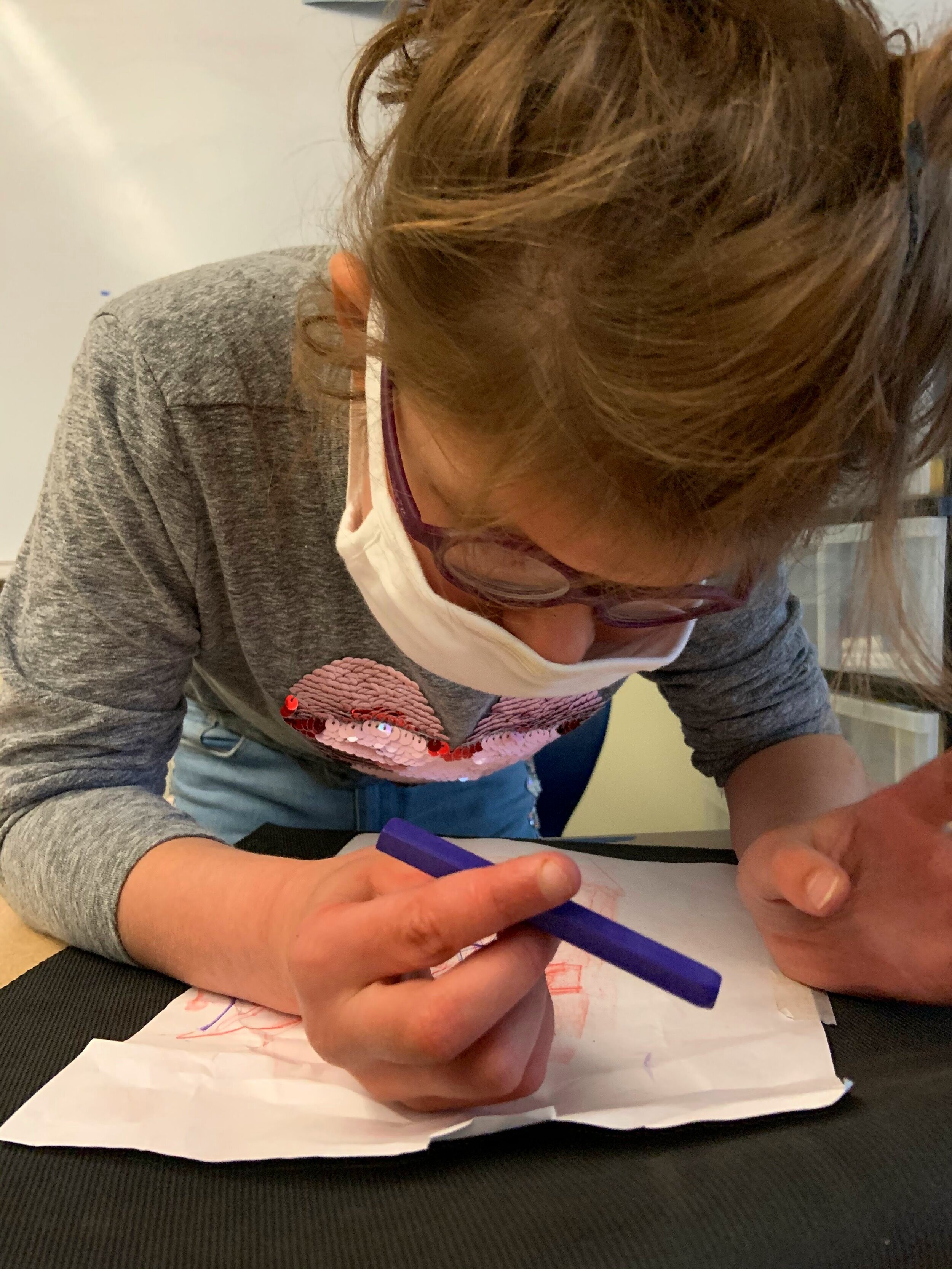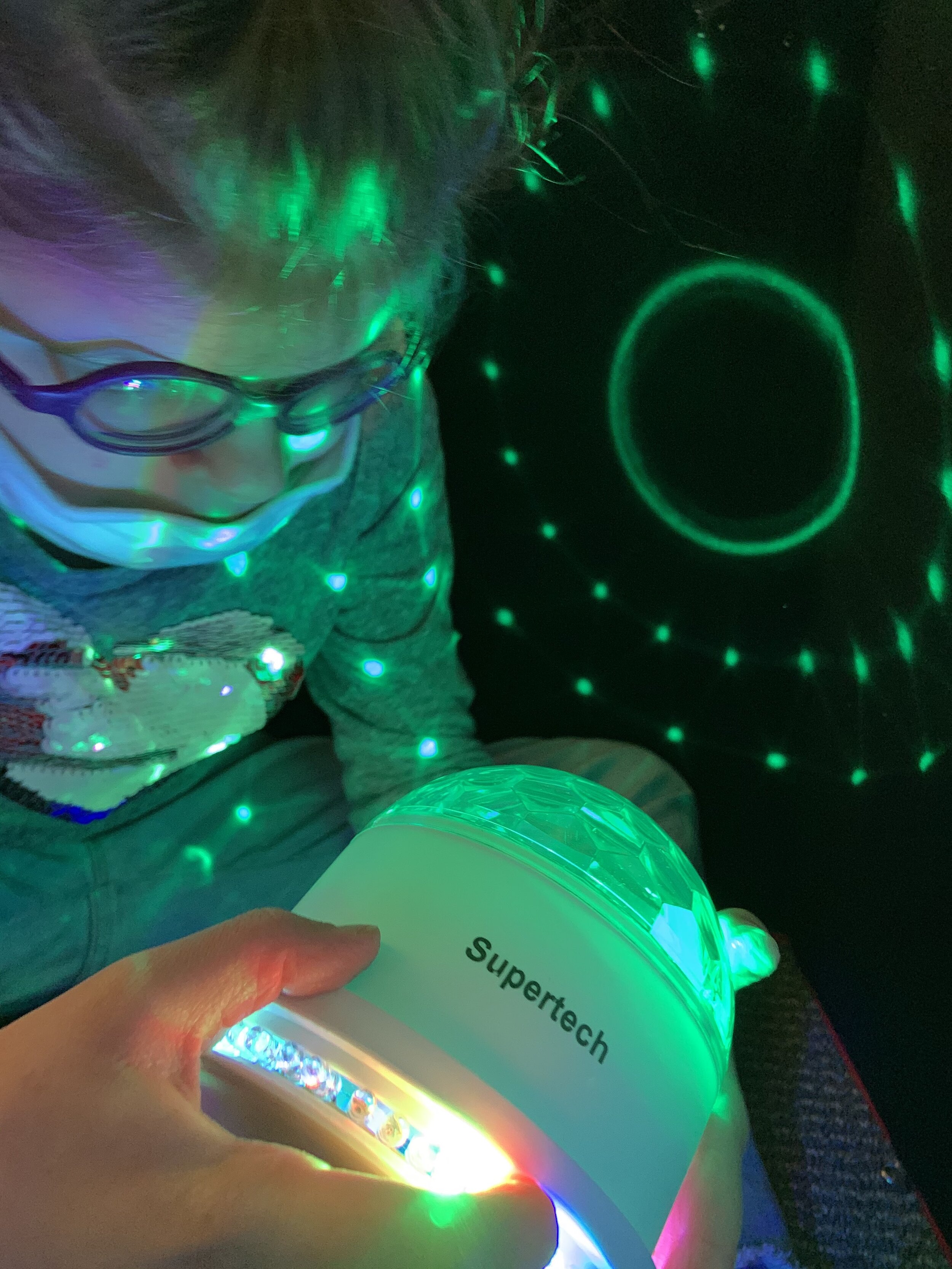Our daughter Tess has a rare genetic disorder called Hao-Fountain Syndrome, or USP7. At the time of this writing, she's about to turn eleven years old. She's in fifth grade at our local public school.
One of her disorder's most common symptoms is intellectual disability. Of all the people we've met who have Hao-Fountain, Tess is one of the most affected by it.
What is intellectual disability? Is there a way to measure where Tess is, intellectually? And can we measure her progress over time?
I'm not an expert in education. I don't have any degrees in education, and I have no teaching experience in special education. I'm not a physician or psychiatrist or psychologist. I have no medical degrees.
I do have a law degree. I'm a practicing disability rights attorney in Maine, and I handle due process cases involving violations of the Individuals with Disabilities Education Act, or IDEA. But it turns out that, in general, intellectual disability isn't one of the things that families and school districts fight about in those cases.
Side note: before going any further, you should know that none of what you read here is or is intended to serve as legal advice. If you need an advocate or attorney to help your child with special education, there's no substitute for hiring those people, wherever you are.
Since Tess has intellectual disability--sometimes called "ID"--I wanted to know what it is, exactly.
The CDC says we use the term ID "when there are limits to a person’s ability to learn at an expected level and function in daily life."
Other sources say that a person has ID if they have deficits in intellectual functioning and adaptive functioning, and those deficits appear during childhood. DSM-5.
What's intellectual functioning? It means things like the ability to reason, solve problems, plan, learn academically, and learn from experience.
And adaptive functioning--what's that? It encompasses self-help skills, like getting dressed, going to the bathroom, and grooming yourself. It also includes being able to work, having various social skills, and taking personal responsibility for your actions.
When Tess was in third grade, back in 2018, her IEP Team referred her for evaluation. Her special education teacher evaluated her using two tools: (1) the ABLLS-R; and (2) the Brigance Diagnostic Inventory of Early Development III - Standardized.
ABLLS stands for Assessment of Basic Language and Learning Skills. The R stands for revised, since the original version of it was revised not long ago and that's the version that was used for Tess.
The ABLLS-R assesses four skill areas: (1) basic learner, (2) academic, (3) self-help, and (4) motor.
Tess's teacher assessed her basic learner skills, but only did so in some of the 15 categories (marked blue in the list below.)
Of the academic skills, her teacher assessed only writing--not reading, math, or spelling.
As for self-help skills, which include dressing, eating, grooming, toileting, her teacher only looked at toileting.
Finally, in motor skills, her teacher did not look at these, but her OT and PT did.
There were some skills that Tess had nailed. For example, in Receptive Language (ability to understand information), Tess would follow directions to do certain activities, like doing something she really likes to do (aka a "preferred activity.") I’ve written separately here about Tess’s language deficits.
Another example of a skill from the ABLLS-R that Tess had mastered was in the Play & Leisure category. She was able to "explore a variety of toys in the environment."
There were so many things from the ABLLS-R that she could do. Each time my wife and I saw one marked "Met Criteria," it made our hearts sing. Tess could show an interest in the physical or verbal behavior of peers. She could look at a person in anticipation of blowing bubbles. Make marks on paper with a writing utensil.
Other skills from the ABLLS-R were just beyond her grasp. Playing with toys as they're designed to be played with, rather than mouthing them or throwing them. Following simple known directions from an adult.
And still other skills were stretch goals, the things that we and her teachers planned to push her to do. Imitate a motor activity with an object, like a drum or a bell. Walk to a peer or an adult more than 8 feet away and take a preferred item. Have no more than 4 wet pants per week.
The other test that Tess's teacher used is called the Brigance Diagnostic Inventory of Early Development III - Standardized.
The Brigance for Tess looked at Interpersonal Skills (Relationships with Adults, Play and Relationships with Peers) and Social and Emotional Development (Motivation and Self-Confidence, and Prosocial Skills and Behaviors.)
There were so many things that Tess could do: visually follow a person, give affection, and begin to take turns with her classmates.
Some of the big goals on the Brigance were to look attentively at a person's face, imitate the actions of others, and search for hidden objects.
These goals are not always easy for us to think about. Sometimes we subconsciously compare Tess with her classmates and realize that they've long since mastered potty training and now they're reading independently. This can be overwhelming. I highly recommend not doing this.
Another tough thing to see: Tess's Brigance scores placed her around the 1st percentile, at an age equivalent of 1.4 and 1.5 years, even though she was nearly nine years old at the time.
It's also hard to realize that evaluators of Tess often skip whole swaths of questions. Nothing about reading, since Tess hasn't yet reached the point where she can recognize letters, let alone learn to read.
It’s far worse when my wife and I are the ones answering question about Tess for an eval, and we don’t skip those sections. It forces us to answer over and over about actions Tess isn’t even close to doing yet. Other parents have advised us not to downplay Tess’s shortcomings in those situations; as painful as it is to go through each irrelevant question, at least the resulting picture will get Tess as much help as she needs.
I've written before about how some of the questions on these evaluations--with their cold, impersonal approach-- can make parents like me feel truly terrible.
But that isn't what happened here. The beauty of the way her teacher used these two tools is that they essentially said: this is Tess. Here is where she is right now, in this moment in 2018. These are the areas where she's made progress and mastered all of these amazing skills. And let's push her to do these others, because we know that she wants to do it and can do it.
You’ll notice that these evals don't tell us about the future. They don't say what Tess will be able to do as an adult--whether she could perform a job, or whether she'll have some of these social skills down in a way that lets her meaningfully interact with those around her.
But I think this lack of predictions is what I actually like about the evals. We've long said that Tess has no limits other than those that we put on her. And these tests are merely snapshots--a recording of what Tess is able to do on that testing day, at that time.
Her teacher was careful to point out that autism complicates all of this. The Brigance, she emphasized, isn't normed to people with autism, so the scores should be considered an estimate and not an exact depiction of Tess's ability.
We have no idea what Tess will be able to do in five, ten, fifteen, twenty years. She has continually surprised us with her grit and progress.
Tess is due for a new round of evaluations in 2021. We can't wait to see how she does. She works hard every day, at school and at home. She can sense what these skills are, because she sees her friends do them all the time. She wants to move forward. She's learned so much.
This post is one of several about the basic elements of Hao-Fountain Syndrome as they appear in our Tess. For other such background posts, click here: Hao-Fountain 101






